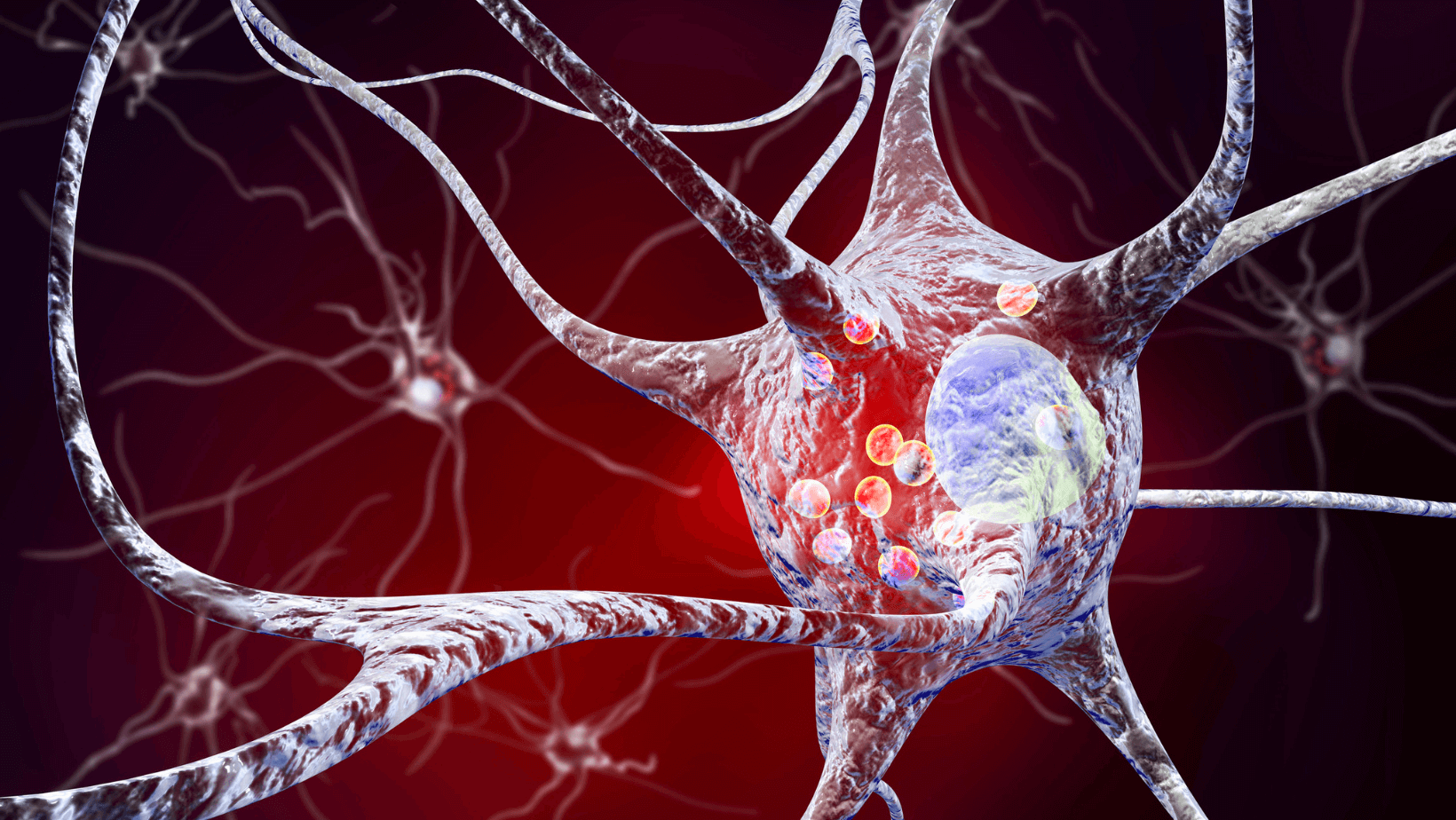What is Lewy Body Dementia? What You Need to Know

More than a million people in the United States live with Lewy body dementia, according to the Lewy Body Dementia Association (LBDA), making this condition a major public health concern. Despite it being one of the most common kinds of dementia, many people don’t know much about it. At St. Andrew’s, we believe that knowledge can empower older adults and their loved ones to make educated decisions about their health.
Keep reading to learn more about Lewy body dementia, what causes it, and what treatment options are available.
Lewy Body Dementia (LBD)—What is It?
When people say "Lewy body dementia," they could be referring to one of two conditions: dementia with Lewy bodies (DLB) or Parkinson’s disease dementia (PDD). Both, according to the National Institute on Aging, are the result of similar brain changes and can lead to similar symptoms over time.
What is Dementia with Lewy Bodies?
Dementia with Lewy bodies is a type of dementia characterized by the presence of Lewy bodies in the brain. Lewy bodies, according to the Alzheimer’s Association, are buildups of alpha-synuclein proteins in brain cells. These proteins cause the hallmark symptoms of this condition, such as slow movement, and can also be present in other forms of dementia, including Alzheimer’s disease and Parkinson’s disease dementia.
What is Parkinson’s Disease Dementia?
Parkinson’s disease is a movement disorder. Classic symptoms of Parkinson’s include tremors, slowness and other movement problems, memory problems, and mood changes. Parkinson’s disease dementia is a dementia that appears in someone with Parkinson’s disease, and occurs when deposits of alpha-synuclein build up in nerve cells of the brain.
Common Symptoms of Lewy Body Dementia
According to the National Institute of Neurological Disorders and Stroke, common symptoms of LBD include:
- Memory loss
- Incontinence
- Difficulty completing daily activities
- Physical stiffness
- Muscle atrophy
- Behavioral symptoms like anxiety or depression
- Movement symptoms (like tremors)
- Visual hallucinations
- Impaired problem-solving capabilities
6 Causes of Lewy Body Dementia
Experts don’t always know the exact causes of dementia. LBD is different, however; experts know that Lewy bodies, a type of protein, build up in the brain and disrupt production of neurotransmitters, resulting in damage to the nervous system.
Why these proteins deposit in the brain is not always known, but commonly cited causes and risk factors include:
- Age. People aged 50 and older are more likely to develop Lewy body dementia.
- Sex. Males are more likely to develop this condition than females.
- Family history. Having a family member with LBD increases personal risk of developing this condition.
- Gene variants. Mutations in certain genes can increase risk of developing LBD.
- High blood pressure. High blood pressure can increase the risk of major health conditions like stroke and all kinds of dementia, including LBD.
- REM sleep behavior disorder (RBD). Research suggests RBD is a risk factor for developing Lewy body dementias in men.
9 Treatments for LBD
-
No two people are the same, which means no two treatments for LBD will look exactly alike. For many people, management of this condition and its symptoms includes a combination of methods.
According to the National Institute on Aging, treatment for Lewy body dementia can include a combination of:
- Antidepressants like venlafaxine (Effexor)
- Antipsychotics like clozapine (Clozaril)
- Cholinesterase inhibitors like rivastigmine (Exelon)
- Dopamine promoters like carbidopa/levodopa (Sinemet)
- Support groups
- Neurology specialists
- Clinical trials
- Physical therapy
- Occupational therapy
Lewy Body Dementia Management at St. Andrew’s
Our caregivers and other staff members work with licensed healthcare professionals like neurologists to help residents with this condition achieve the best quality of life possible. We do so by ensuring residents:







